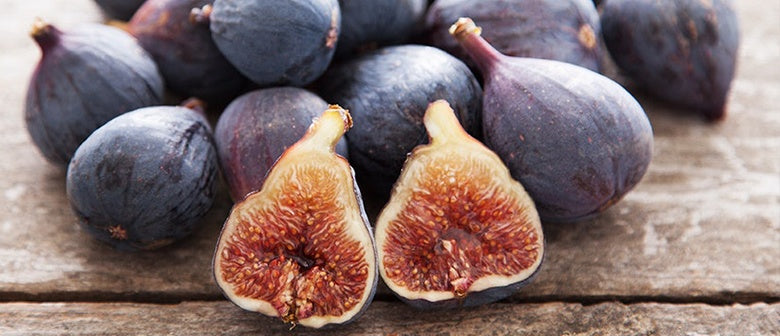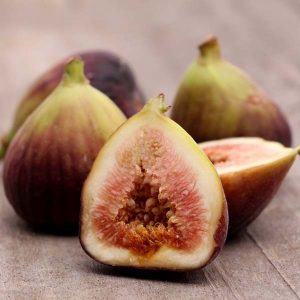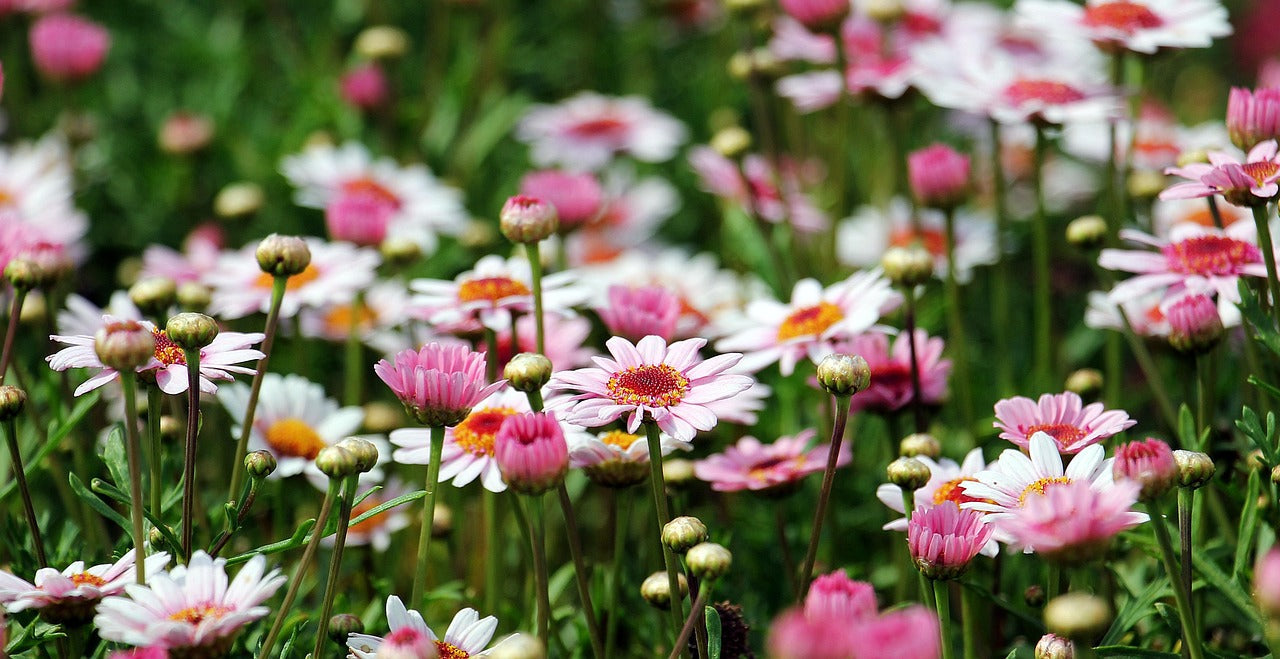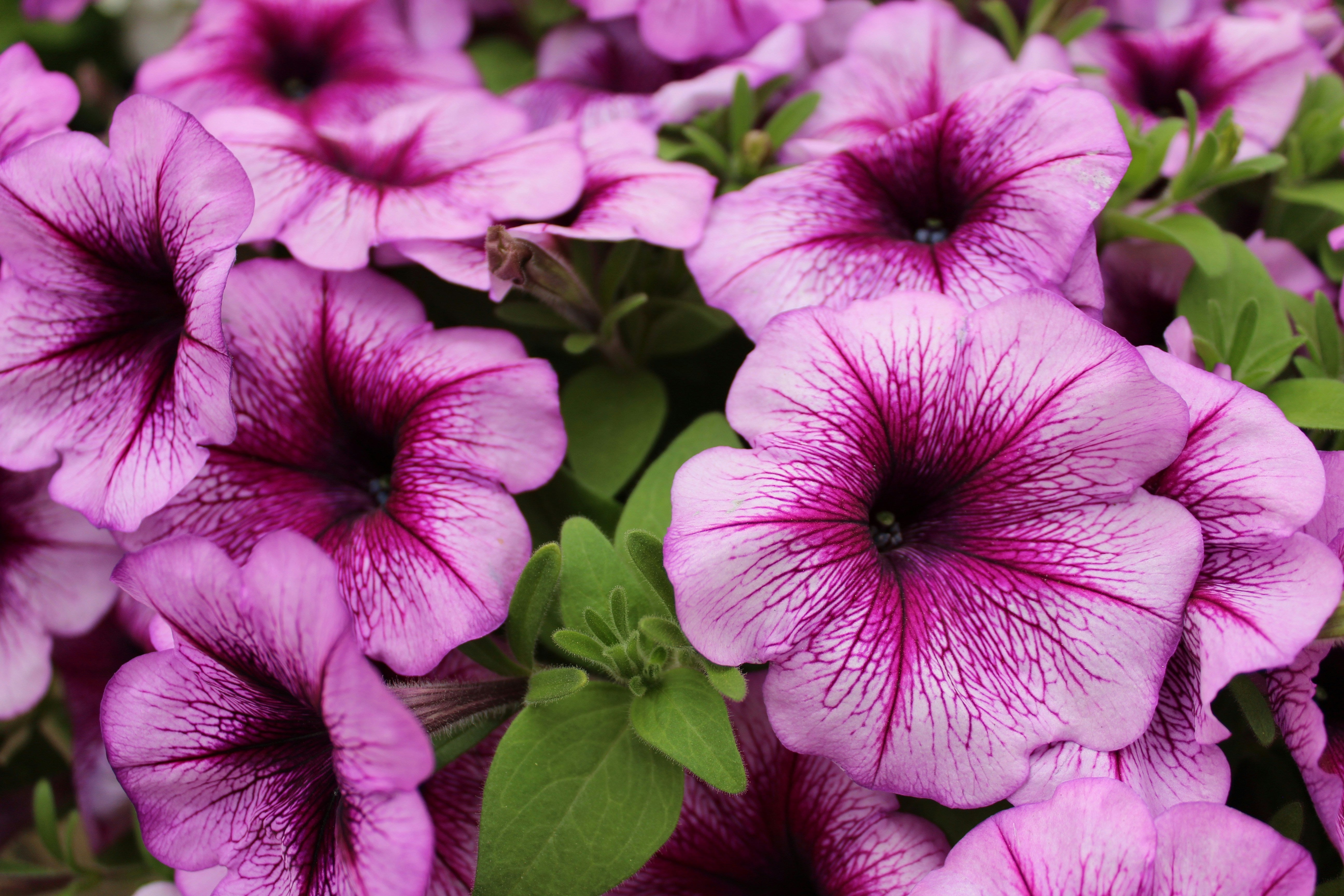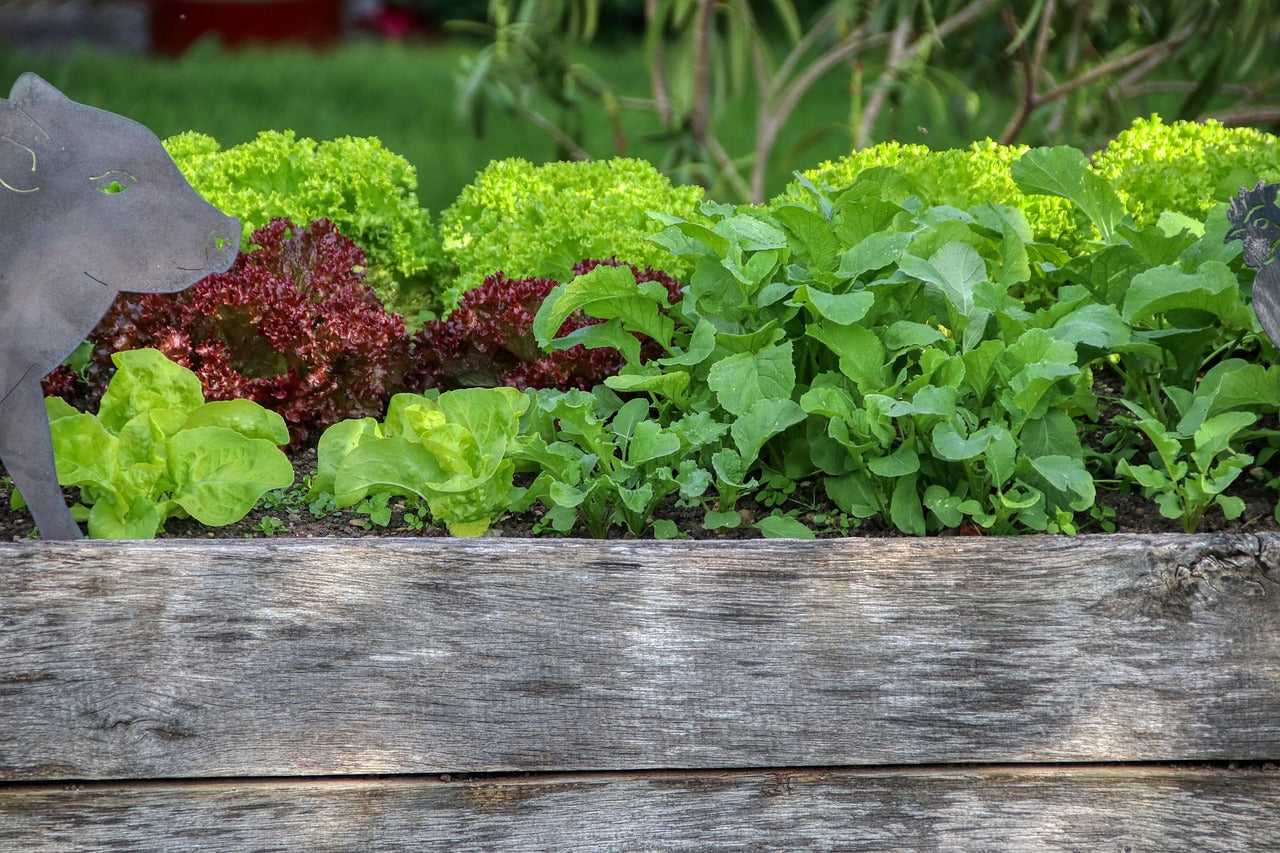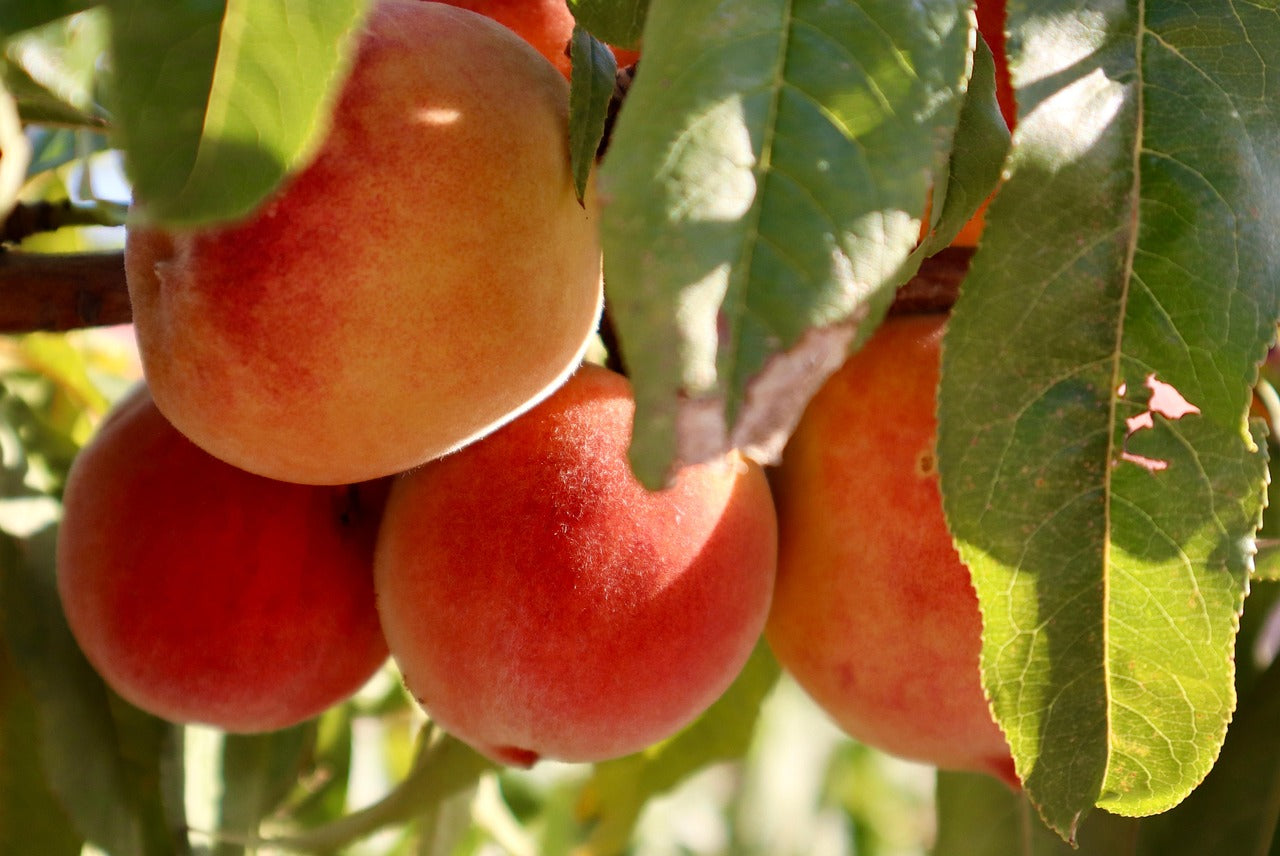Figs have been cultivated by man since ancient times (4000 BC) and are well known throughout the world. The unusual fruit grows on a deciduous subtropical tree, native to Western Asia. There are several types of fig, and they have grown successfully in home orchards and backyards since early European settlers first brought them to New Zealand. Figs make ideal candidates for espalier or container planting.
Give them warmth and sunlight and these unfussy fruits will thrive in your garden! If you’d like to try growing a slightly unusual fruit crop that’s delicious and nearly trouble free, you should consider growing figs! Here are our top tips on how to grow figs.
Planting:
Figs need a sunny spot, protected from winter winds. Apply some compost and mulch after planting. Although figs can tolerate dry conditions they need plenty of water during the growing season to produce large succulent fruit. Figs generally grow in warm, relatively dry climates. Trees may require a small amount of winter chilling (cool temperatures during winter) to ensure good flowering in spring. Figs do not tolerate waterlogged soil, so plant in well-drained soil. All fig varieties are self fertile. However, all self fertile varieties produce more fruit if planted with another variety nearby.
Container Growing:
If you live in an area where the ground temperature drops below 10 degrees, we advise that you plant your fig in a container. As figs do not like wet feet, make sure that your container or pot has adequate drainage. Use regular potting soil and top-dress the container with compost. Set your potted fig in a sunny part of the patio, deck, or yard. Water when the soil is dry around 3cm below the surface; if you let containers dry out completely, the figs may lose their leaves. The leaves will regrow, but it stresses the plant and lessens fruit production. Figs have been an underrated fruit in New Zealand in recent times yet they fit well into the modern garden, especially if they are grown in containers where a restricted root zone makes them more manageable and fruitful.
Pruning:
Fig trees that aren’t planted in containers can grow quite large, pruning will prevent shading of fruit. Reducing the tree size will allow easier fruit harvest.
Keeping your fig tree healthy:
Deter birds and protect your fruit with netting and use mulch to keep insects and weeds at bay. Keep well watered to avoid leaf drop which can occur when they’re being grown in containers.
Harvesting:
In warmer climates, figs may fruit twice, with both early season fruiting (Jan-Feb) and a later crop as well (April-May). These are approximate seasons only, and each variety may be a little earlier or later depending on the microclimate. Make sure you check trees daily for ripe fruit in season. Ripe fruits are soft to the touch; skin may begin to split.
Our favourite varieties:
There are hundreds of fig cultivators worldwide, we don’t get anywhere near as many in NZ, but we still have a decent variety available.
Brown Turkey Fig
A large fig with yellow/brown flesh, seeds are edible and have a nutty taste. When ripe the tough skin has a green/purple/brown hue. Harvest in early Autumn.
Brunoro Black
This is similar to the Black Mission fig. Dark purple/black skin with lovely red flesh. An ornamental tree that has the added bonus of providing delicious fruit twice throughout the year in January and April. This variety is suitable for warmer areas including Auckland and Northland.
Candy Fig
A heavy producer of green/yellow skinned fruit with rich, red sugary flesh. Harvest in mid-autumn when ripe fruit starts to fall.

